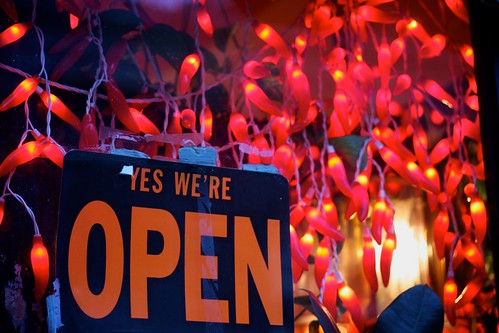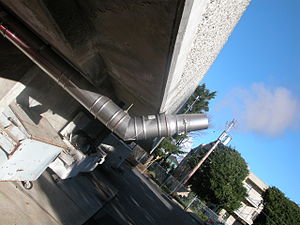Which energy systems should be included in a building commissioning process if you cannot do them all? Commissioning a building includes a lot of details, and often a lot of equipment. The overall process is generally standardized (see ASHRAE Guideline 0), but the scope of building commissioning can vary a great deal from project to project. LEED certified buildings require commissioning for all energy-related systems associated with HVAC, domestic hot water (DHW), lighting, and renewable energy. Non-LEED building projects may require only HVAC, or may include additional building systems such as the building envelope. But what energy systems can potentially benefit most from a building commissioning process? The precise answer to this question will depend upon the type and quantity of energy systems in a given building project; nevertheless, a reasonable answer to this question may be found in the 2011 Vermont Commercial Building Energy Standard (VCBES).
Three Commissioning Essentials
For new buildings over 50,000 SF, the 2011 VCBES explicitly requires commissioning for three important HVAC systems:
- Economizers
- Variable Air Volume (VAV) Fan Control
- Part Load Hydronic Controls
These three systems can have a significant impact on the energy consumption (or savings) of a building. Unfortunately, the performance of these systems is not inherent to or guaranteed by the nominal efficiencies on the equipment nameplates. The design, sequences, and calibration of the controls can have a major effect on the performance of these air and hydronic systems.
Economizers
Air handler economizers allow air conditioning systems to make use of additional outdoor air for cooling when the outdoor air is a lower temperature (or has lower enthalpy) than the return air from the building spaces. In concept, economizers save a lot of compressor energy by using the “free cooling” of outdoor air. In reality, economizers can have deficiencies in their controls that may not only prevent free cooling, but also increase the annual energy consumption of the heating and cooling system The most common and significant issues we find with economizers are that the economizer sequences are not specified or programmed right (e.g. enthalpies of return airstream and outdoor airstream are not properly used to control economizer operation), and that “integrated” economizer operation is overlooked. “Integrated” economizer operation utilizes both outdoor air free cooling and compressor cooling when the outdoor air enthalpy is less than the return air enthalpy, but the outdoor is not cool enough by itself to meet the cooling load. In addition to improper economizer control sequences, a host of other issues can negatively impact economizer operation, such as improper sensor locations and sensor calibration, and inoperable outdoor air dampers.
Variable Air Volume (VAV) fan control
Variable air volume systems are designed to save significant fan motor energy by reducing fan speed and airflow to match the load on the system. In general, fan motor energy consumption is proportional to the motor speed raised to the power of 2.5. VAVs have become a very common type of fan control, not only because they save on energy costs, but also because they are typically cheaper than conventional fan motor starters. In order to ensure the fan energy savings potential of VAV fan controls, it is essential that these systems are properly commissioned. The most common issues that we see when commissioning VAV systems are improper static pressure sensor location(s) and unspecified static pressure reset (i.e. lowering of fan static pressure setpoint in response to damper positions).
Part Load Hydronic Controls
Much like VAV fan controls, part load hydronic controls save energy by reducing motor speeds. In commissioning, it is common to find hydronic systems that are not properly designed to take full advantage of the energy savings potential of variable speed pumping. For example, many variable speed hydronic systems are designed and built with manual balance valves. Manual balance valves are incapable of controlling variable flow in a hydronic system and impose an operational pressure / energy penalty on the pump motor. The part load controls must be able to detect the load on the hydronic system and modulate the flow accordingly. Without a rigorous commissioning process, the capital cost of part load controls can be easily wasted on years of unrealized energy cost savings.
When you have a choice about the scope for a commercial building commissioning process, focusing on the three essential energy systems in the Vermont Commercial Building Energy Standard can yield substantive energy savings.




